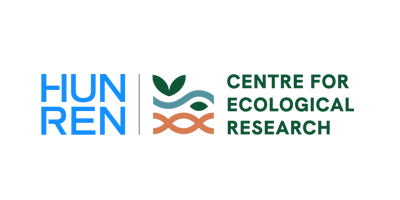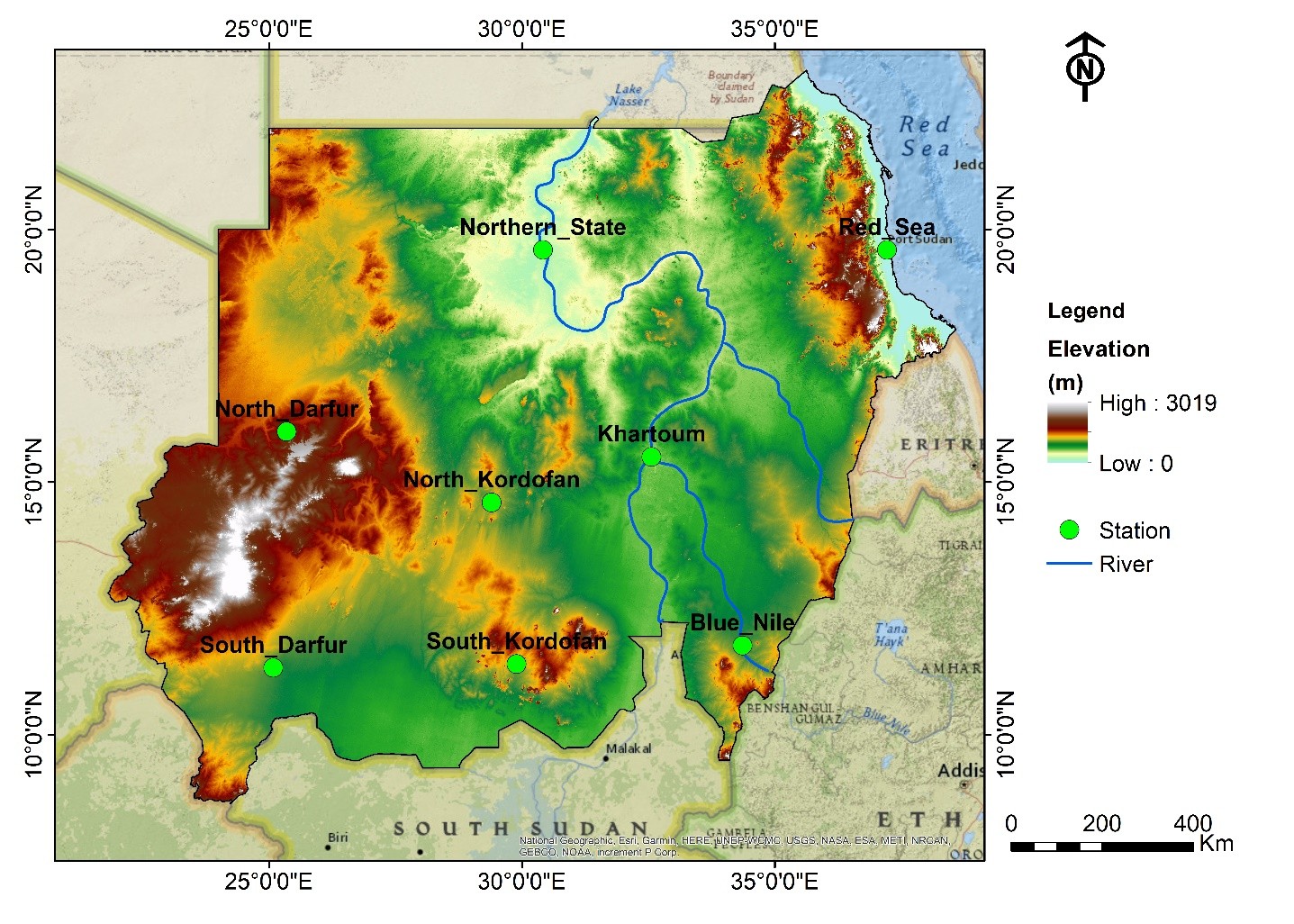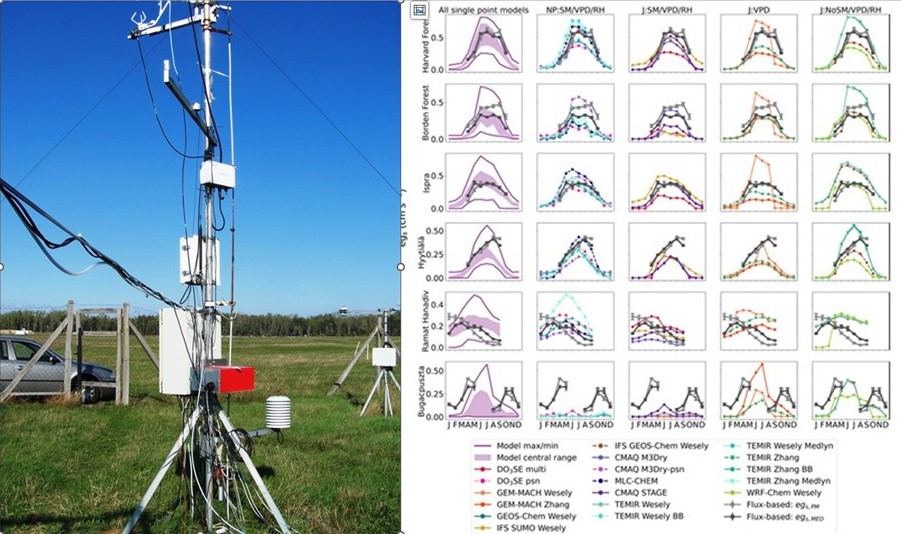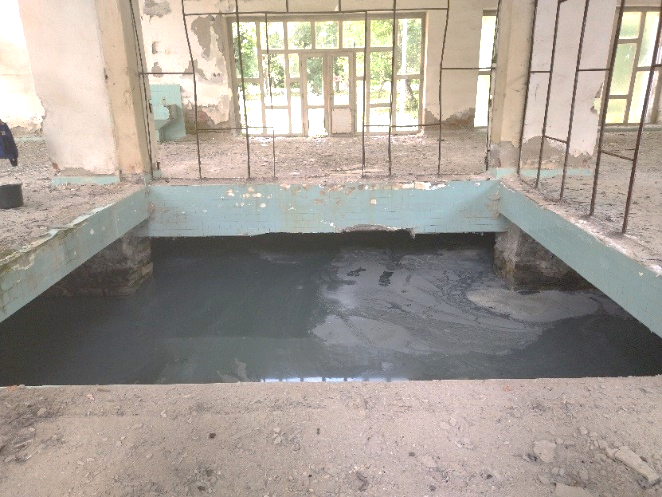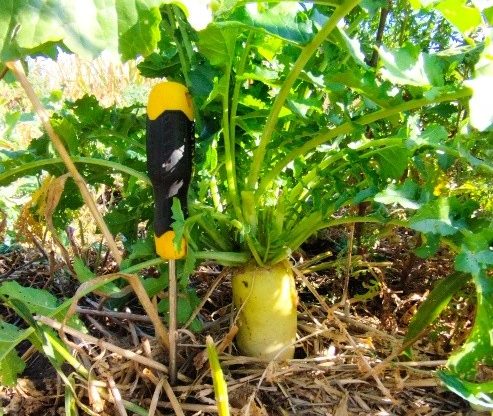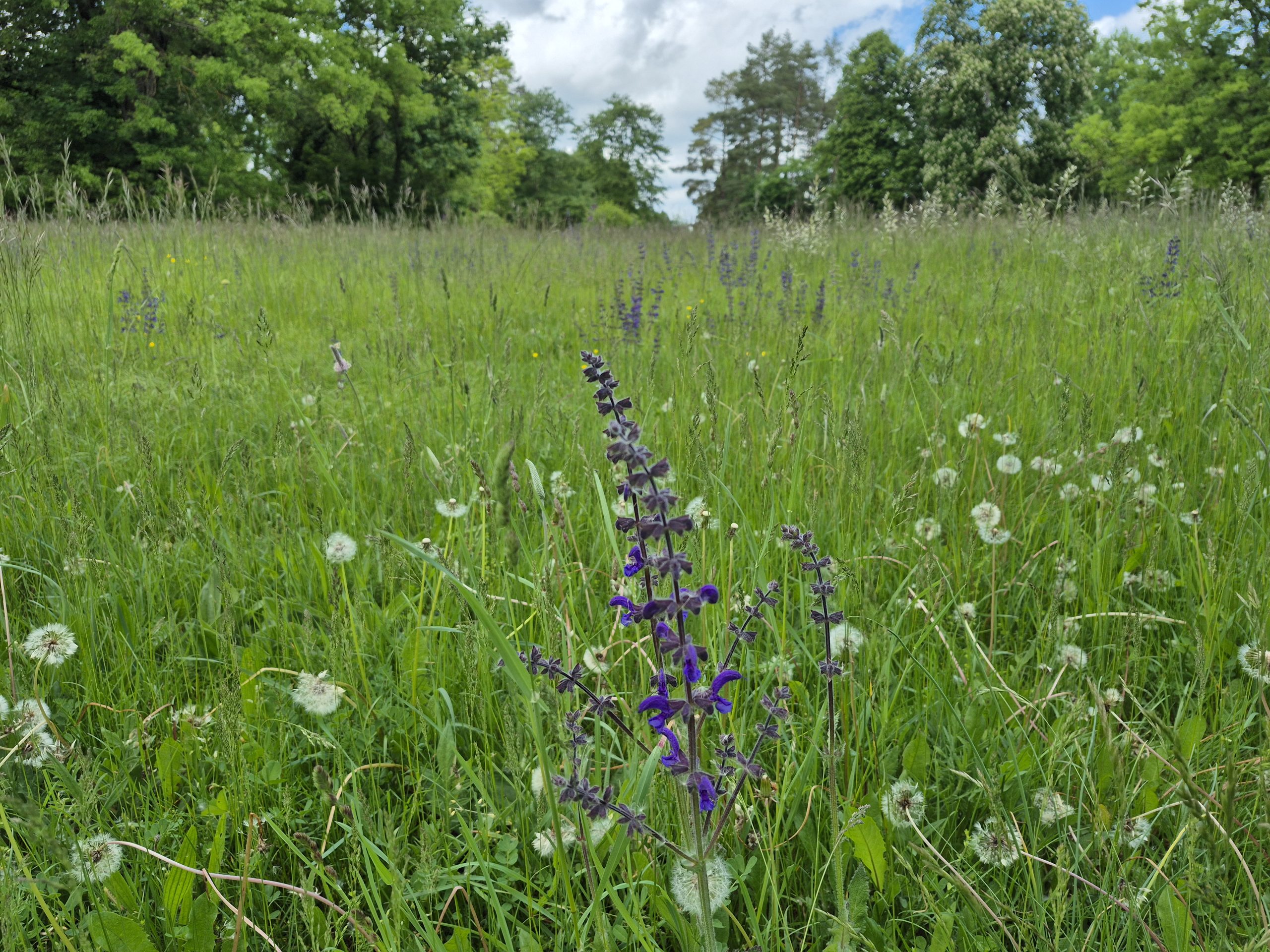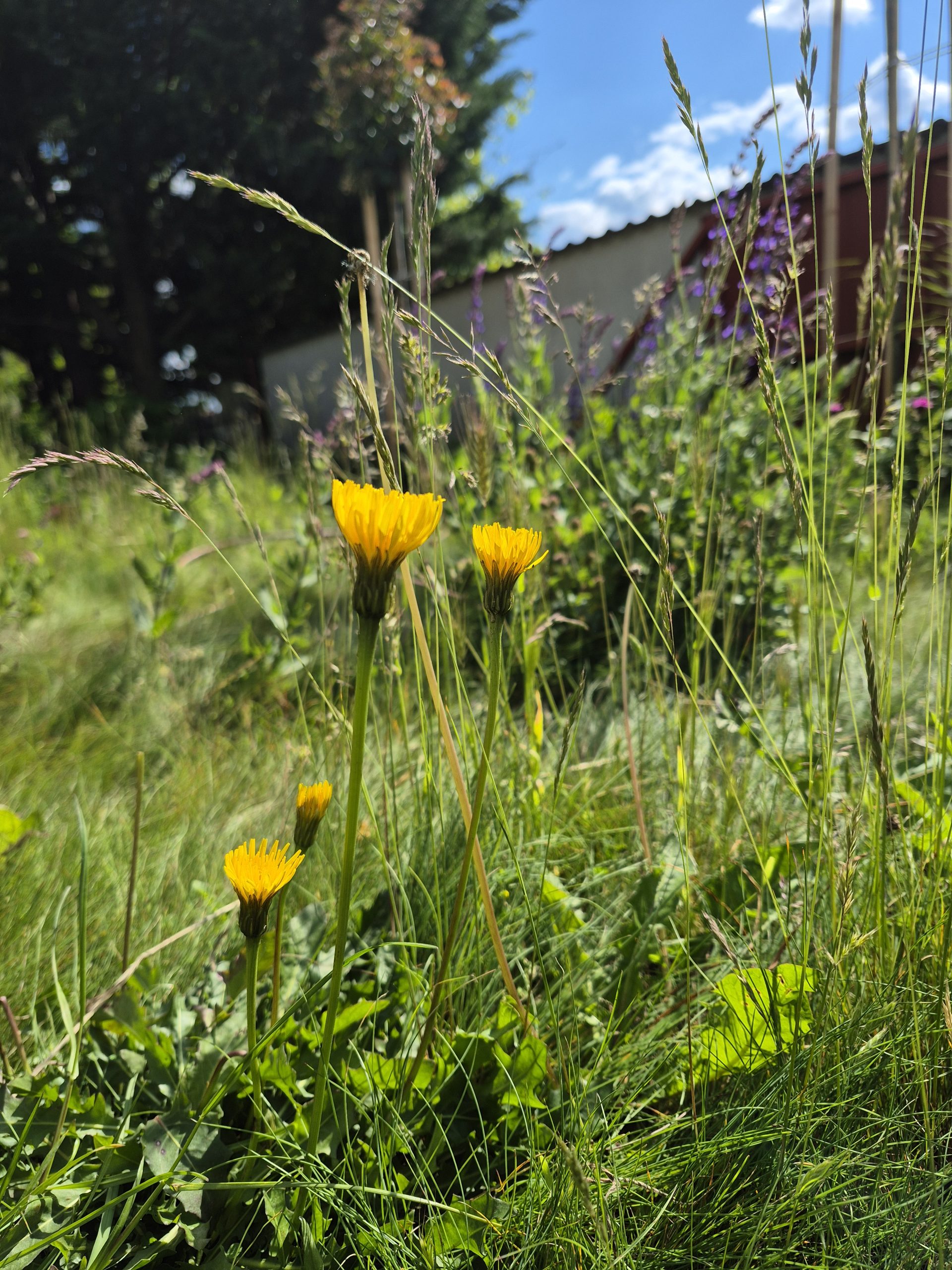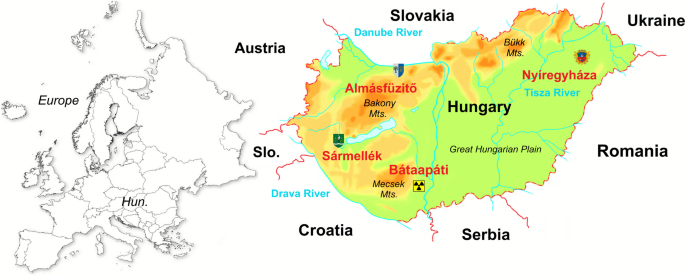
Szabó, Norbert Péter
A hyperparameter estimation-based inversion approach for evaluating shallow unsaturated formations is presented. Natural gamma ray intensity, bulk density, neutron porosity, and electrical resistivity borehole logs measured by direct-push probes are jointly inverted for estimating clay and sand volume, air and water content. The inversion algorithm is enhanced through the preliminary application of factor analysis. The first extracted factor exhibits a strong correlation with water content across various sites in Hungary. A linear relationship between the first factor and water content is assumed and integrated into the forward modeling process. Instead of estimating the water content separately at discrete borehole depths, a linear regression model is used, where the regression coefficients are determined by inversion to predict the depth variation of water content along the entire logging interval. These site-specific coefficients are treated as hyperparameters and predicted in a two-level embedded inversion algorithm. In the outer loop, hyperparameters are optimized with a differential genetic algorithm where volumetric parameters are fixed. In the inner loop, the volumetric quantities are calculated depth-by-depth by a quick linearized inversion. The estimation error of hyperparameters is calculated from the individuals of the last generation of the evolutionary search, while those for the volumetric quantities are derived using the data covariance matrix. Due to an increased data-to-unknowns ratio, the estimation accuracy is higher than local inversion methods. The hyperparameter inversion of direct-push logs sets new perspectives in solving environmental and groundwater problems by giving highly accurate and reliable input parameters for an improved characterization of unsaturated media.
